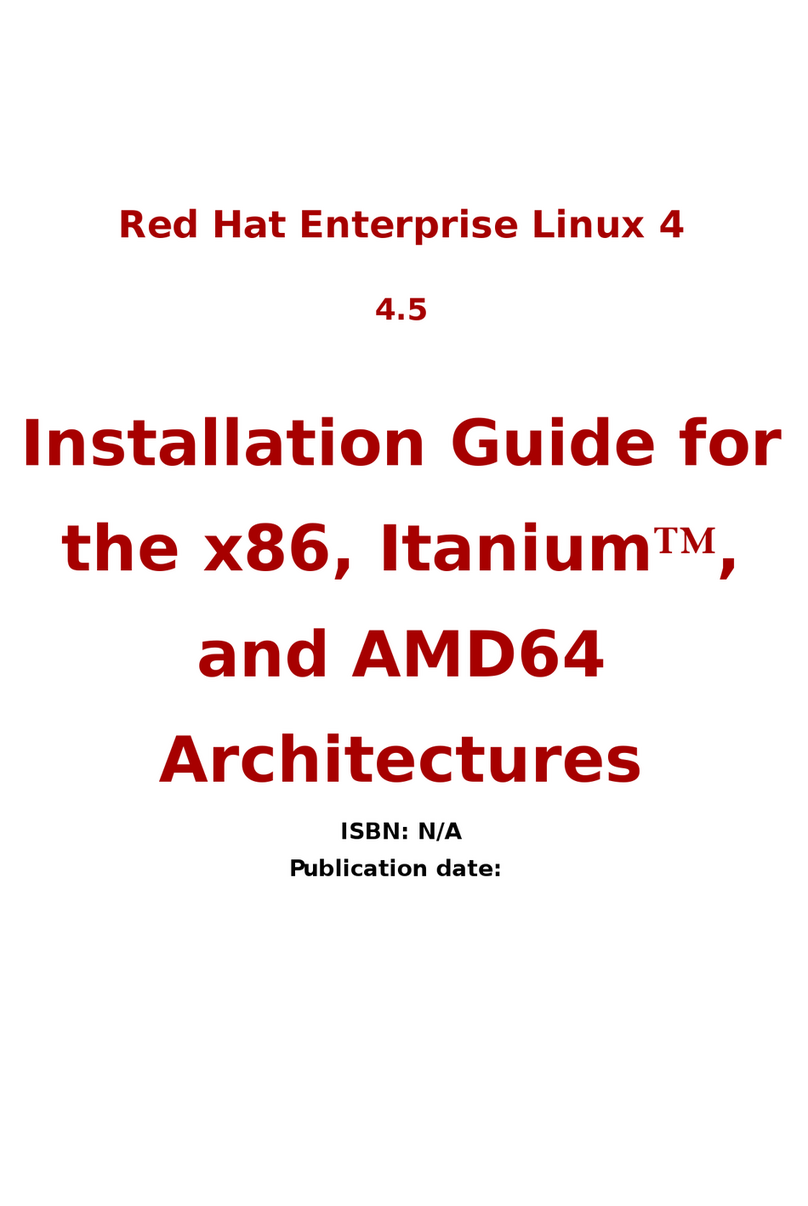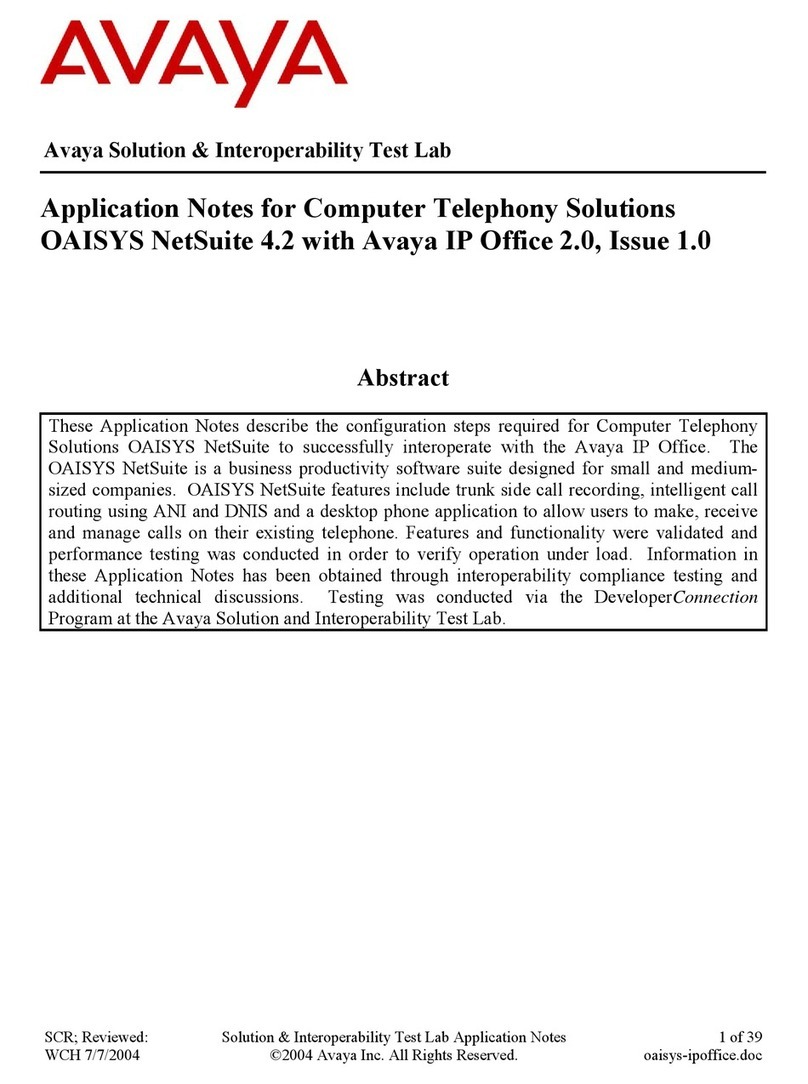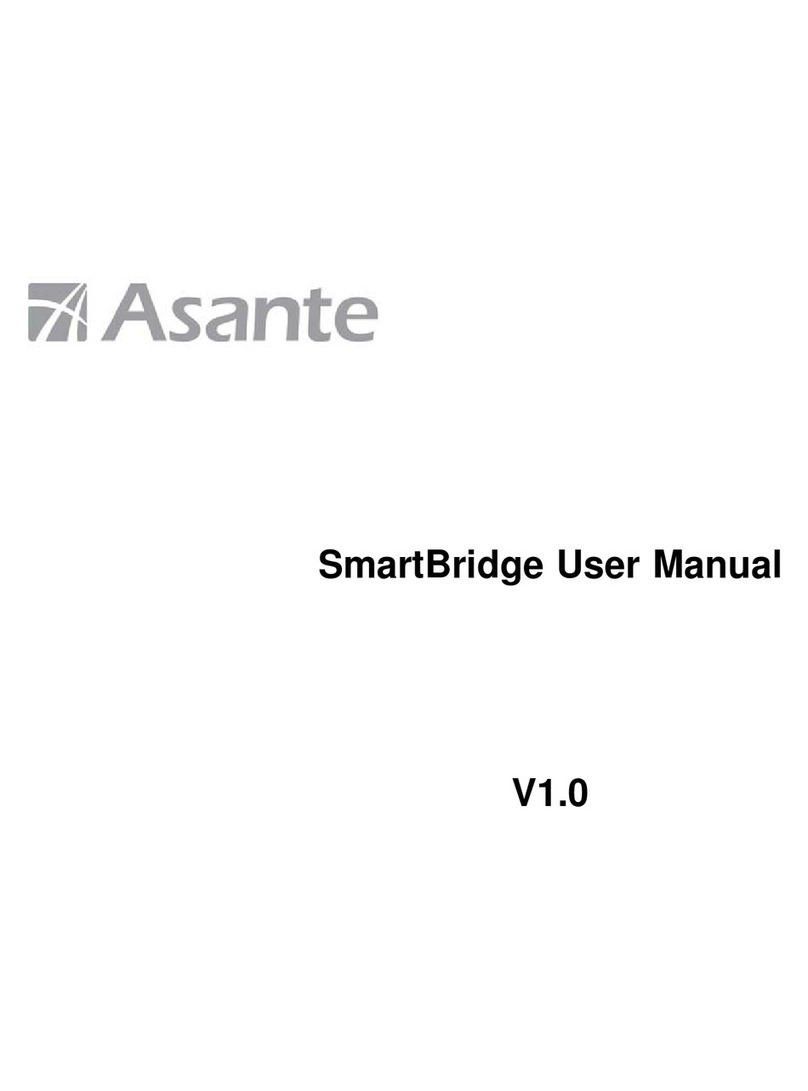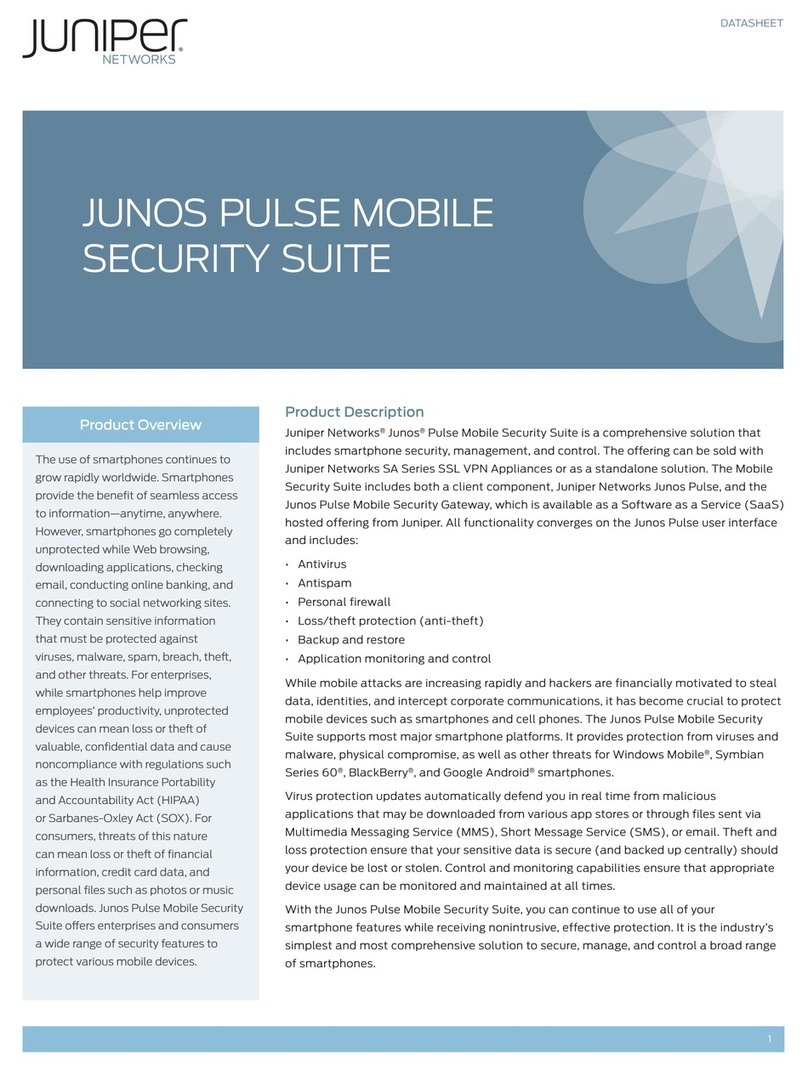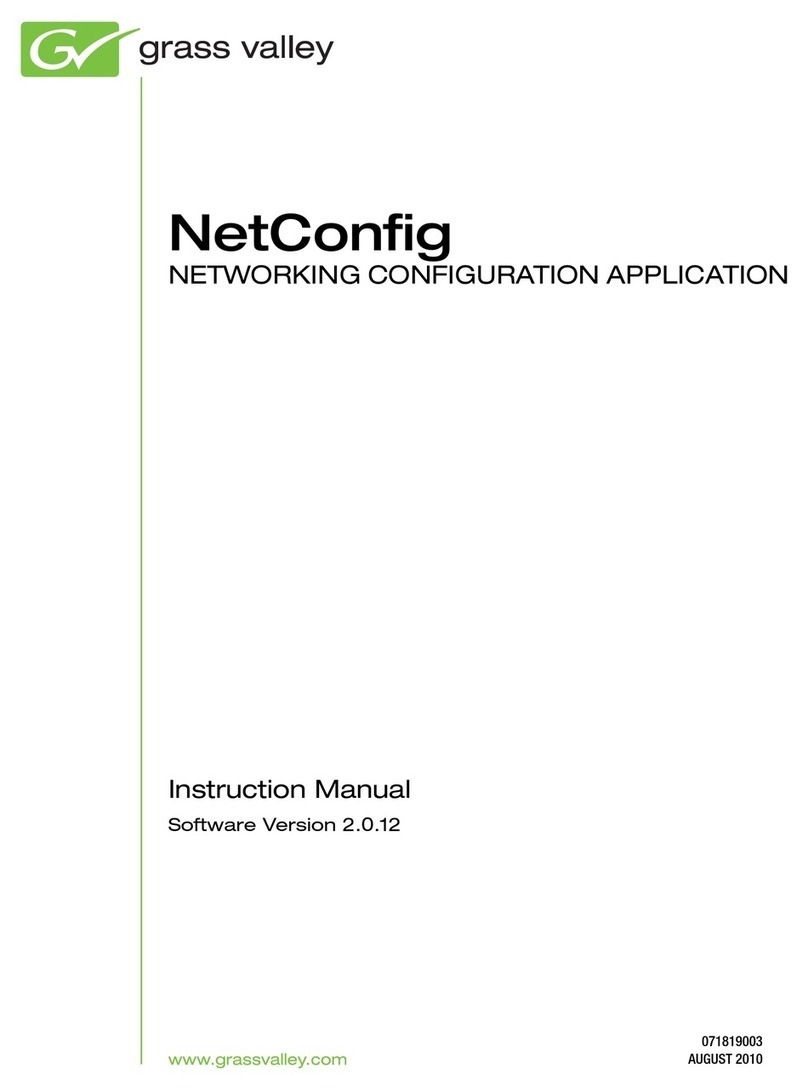
Contents
Introduction...................................................................................1.0
Telephone Line Requirements .....................................................1.1
Approval .......................................................................................1.2
Dialler Fixing.................................................................................2.0
Telephone Line Connection..........................................................3.0
Connection to Gardtec
800 Series
...............................................3.1
Connection to Gardtec
580
(via interface)...................................3.1
Connection to Other Equipment...................................................3.2
Terminal Descriptions...................................................................4.0
Programmable User Options........................................................5.0
Programmable Engineer Options.................................................5.1
Special Features...........................................................................5.2
Initial Power Up ............................................................................6.0
Programming................................................................................7.0
Telephone Numbers.............................................7.1
Messages.............................................................7.2
User Code ............................................................7.3
Dial Attempts........................................................7.4
Call Acknowledge.................................................7.5
Engineer Code......................................................7.7
Trigger Modes ......................................................7.8
Line Fault Monitor.................................................7.9
Multi-Trigger Inhibit...............................................7.10
Serial Comms.......................................................7.11
FTC (FS)...............................................................7.12
Using the Dialler...........................................................................8.0
Aborting Calls...............................................................................8.1
Viewing Last Call Log...................................................................8.2
Error Messages............................................................................9.0
Guardian Guide............................................................................10.0
Engineers Appendix 1 (Default Settings)......................................11.0
Engineers Appendix 2 (Reset Modes)..........................................11.1
PR4100Rev1.7 SD.QXD 07/03/01 16:22 Page 3
